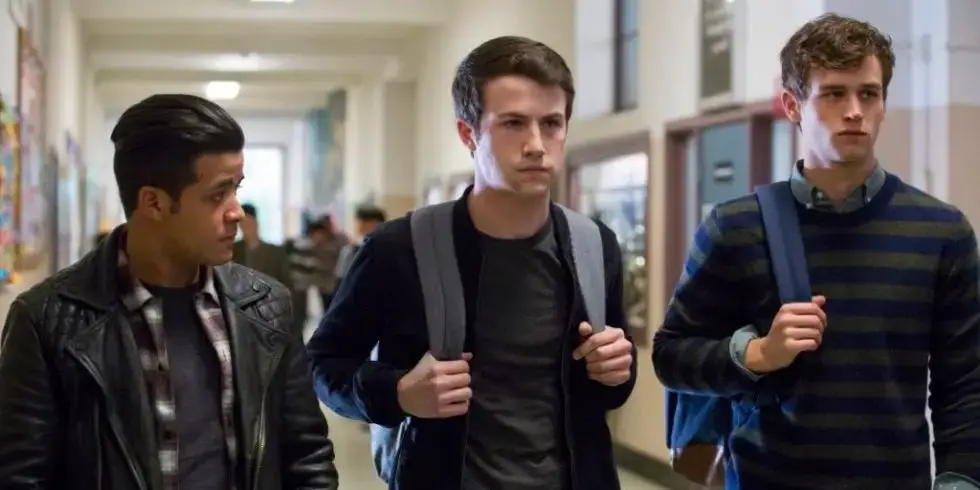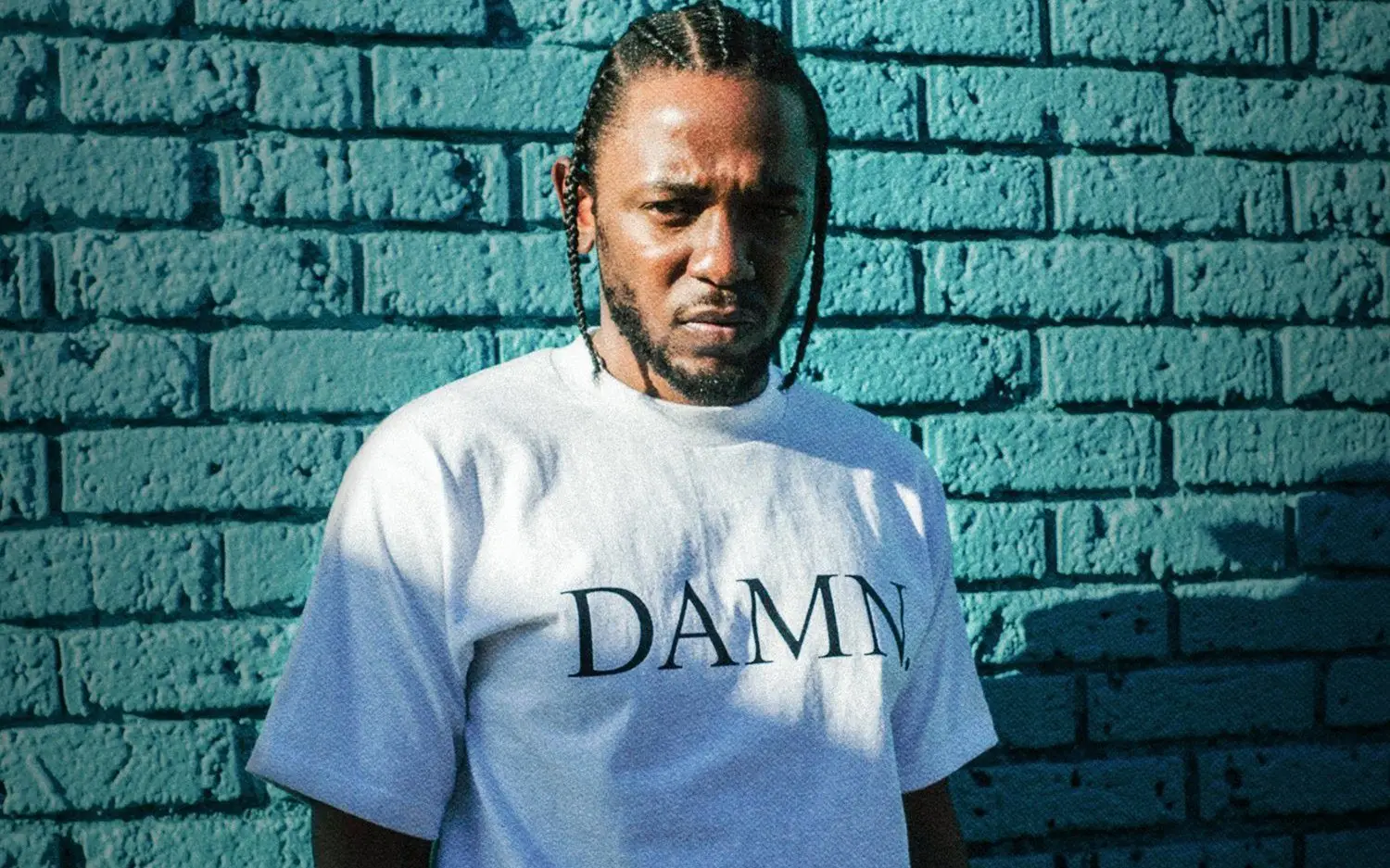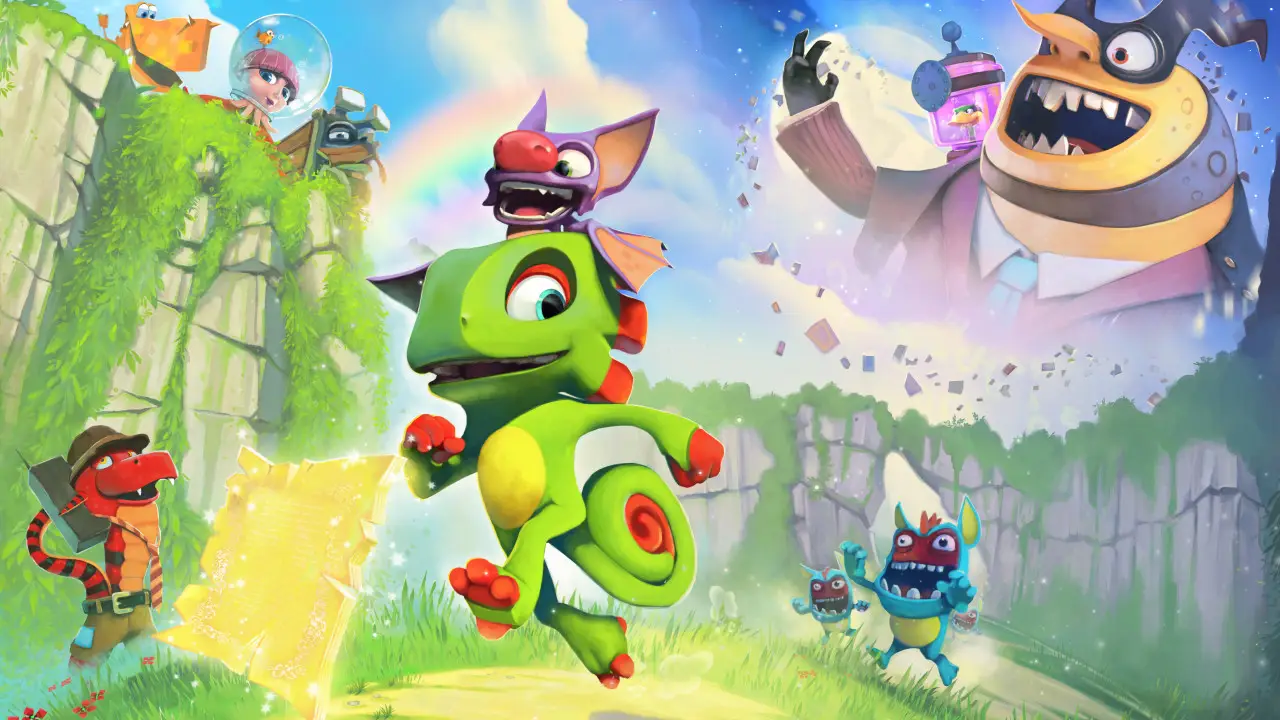Last spring, the first season of 13 Reasons Why, based on the Jay Asher novel of the same name, was released on Netflix. After its initial release, the show was met with harsh criticism for its gruesome portrayal of issues like sexual assault and suicide. This ultimately led to producers adding warnings before each graphic episode.
Recently, the second season was released, consisting of 13 more episodes that journey beyond the ending of the original novel and TV show.
The original story is about Hannah Baker, a high school student who was eventually bullied to the point of committing suicide. She creates 13 tapes depicting the incidents that drove her to take her own life. In the second season, we see the aftermath of her decision: how the school has responded, how her family and peers’ lives have changed and how life in her town has continued.
Despite the criticism that the first season received, the show’s creators made the show’s content even more shocking in season 2. In the majority of episodes, viewers are subject to drug abuse, gun usage and detailed descriptions of sexual assault. Overall, this season’s expanded story only serves as a depressing depiction of the seemingly hopeless society we currently live in.
This culminates in the last episode, which has been described as unwatchable and sickening by many viewers. It features an extremely violent sexual assault and an attempted school shooting. Additionally, the season’s most prominent issues are left with no real justice for the victims.
In a world currently plagued by gun violence in schools, daily accusations related to the “Me Too” movement and a growing mental health problem among young adults, this sort of portrayal makes it seem like there is no hope to be found. There are no current effective solutions in place for these problems – the recent school shooting in Santa Fe occurred on the morning of this season’s release. Even when justice is sought after, it is likely that nothing will change.
While it is important to portray these issues accurately, it was not necessary to show many of them at all. The show is allegedly about mental health, so the addition of gun violence, drug addiction and more appalling sexual assault scenes this season seems unwarranted. To stay relevant to mental health, the show could have focused in on the mental recovery of Alex, who attempted suicide at the end of season 1, instead of adding more issues to an already graphic story.
At its core, 13 Reasons Why is meant to bring awareness to issues that are often dismissed by the greater public, especially mental health. Many of its plot points involve problems that are not typically discussed, at least in the same detail, in the media.
However, the show’s depiction of these issues, particularly in this season, is too problematic to be successful. If people affected by these issues are not even able to watch the show, it is difficult to see how it will actually help improve conversations around mental health and similar issues.
To viewers wishing to resolve the massive plot holes lazily left by 13 Reasons Why’s first season, the second season may be worth a watch. For the majority of society that is personally affected by these difficult issues every day, it is probably better to skip out on this season.




